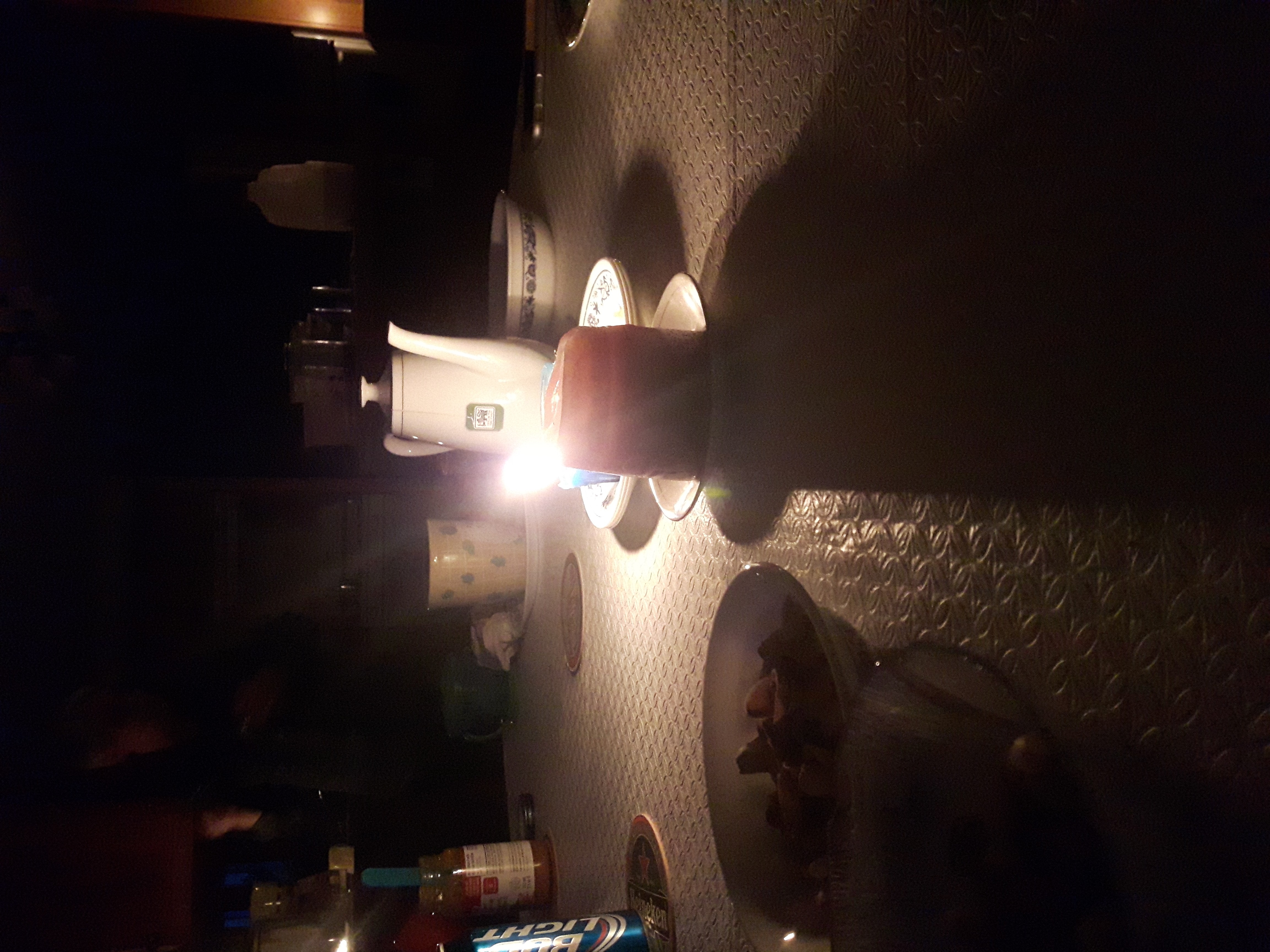Originally posted by tweety
View Post
Announcement
Collapse
No announcement yet.
Where would we be without fossil fuels....Back in stone ages???
Collapse
Logging in...
Welcome to Agriville! You need to login to post messages in the Agriville chat forums. Please login below.
X
-
We went from the age of necessity to the age of convenience! I do like convenience over gathering cow patties or peat. But I don't really endorse coal generation. I would much rather have a nuc in my backyard. But a lot of people are afraid of the bogey man, lol.
Comment
-
The industrial revolution was facilitated by fossil fuels (I hate that term). You can thank them for the standard of living you're enjoying today. But at the same time there is nothing wrong with looking for alternatives to supplement what we have or maybe replace it when the technology of the replacements becomes reliable and affordable. Until then, its what we have and don't penalize me for needing it to live, run my business and maintain the lifestyle it has provided for me.
I don't understand the constant debate.
There is a public information meeting in the R.M. beside ours about the proposed development of a Wind Power Project. This is a result of SaskPower's Wind Power Procurement process. There was a proposal put forth for one in the R.M. north of ours but it received alot of push back by the people where it was to be located and I believe it died.
WestSource Energy and Kruger Energy are being represented and in attendance to answer questions.
Comment
-
How many of us could farm without electricity? My guess is not many. Just about all the conviences we are bestowed have increased our standard of living and made us more efficient. Grandma and Grandpa spent more of there time trying to stay alive and do the day to day things just to live. Now our expectations are so much higher we have the ability to do more for ourselves as well as others. Most others wouldn't have a clue what that means but they definitely have the power to determine our efficiency depending who they believe.
Comment
-
I think the question is can you consider yourself green if you don't blindly support a carbon tax, solar panels in cold climate, no meat diets, yada, yada, yada....
Bring on more hydro! I want to be like Norway with that one.
Any of us that are direct seeding or pasturing cattle have nothing to apologize for.
Contrary to popular opinion many rural folks have never used air travel.
If airlines were a country the would be the 8th largest carbon producer.
Go preach to the weekly/daily flyers.
Comment
-
Shterbrains
"Contrary to popular opinion many rural folks have never used air travel.
Go preach to the weekly/daily flyers."
Not sure how you can make such a statement, do you really think their is difference in air travel between rural and urban people?
Have you not read posts on here from SASK3 during the winter months. He does his weekly cocktail from Hawaii or somewhere else warm week after week. Not to mention other posters mentioning their travels and all the those snowbirds going south pulling 5th wheels.
How do you think they get to their destinations, by horses and canoes?
Comment
-
How many descendants from this group of individuals have decided to stop using "dirty" fossil fuels and go back to traditional ways with no fossil fuels?Originally posted by tweety View PostWasn't there a group of individuals living here just fine through the winters before they became "civilized" without fossil fuels?
If zero, why do you think that is?
Also, how many environmentalists or anti-pipeline lobbyists are using no fossil fuels?
If there isn't any why do you think that is?
Comment
- Reply to this Thread
- Return to Topic List

Comment